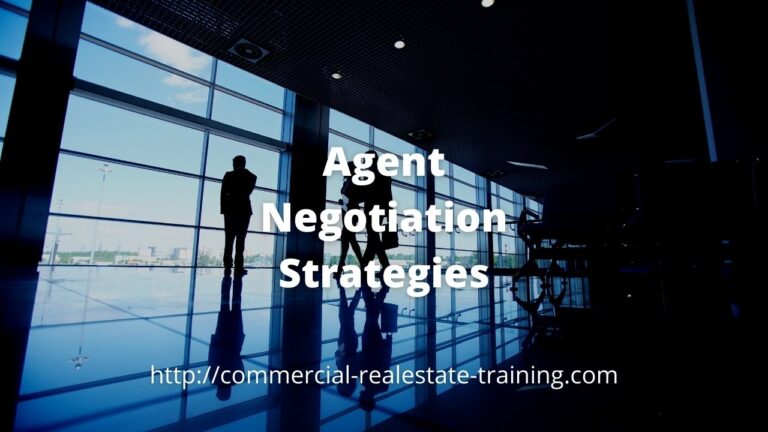Essential Rules for Database Pipelines in Commercial Real Estate Brokerage
It is an established fact that most brokers and agents overlook the necessity for ongoing contact with prospects and clients. That being said, those agents ‘leave untapped commissions on the table’. The best new real estate business will always come from the clients and the people that you have known for a considerable period of time. The commercial real estate industry is not built on luck; is built on the processes of diligent and driven agents working to a plan and a pipeline of contact.
So the message here is that you can create a pipeline of contact and merge that pipeline into your database activities. At the top of the pipeline where the first level of contact is created, you will have a cold calling strategy involving the telephone as well as a few other tools such as direct mail, and door knocking. From those three strategies you can build a considerable flow of new people into your database and grow relationships over time.
Even at this basic end of the business, every agent and broker should be specific and focused when it comes to prospecting and direct contact. What you are trying to do at this level of the pipeline is to understand and identify the people that may have an interest in investment sales, investment leasing, property purchase, or leasing premises. When you identify the right people, you can open up the chances of relationship establishment and property opportunity.
4 Key Factors in Database Growth
Here are some very important facts relating to database growth and pipeline establishment in real estate brokerage:
- Listing Control: Focus your efforts on people that control and own the listing stock. They will be the landlords, investors, and the business owners locally. At the top end of the industry, you should also focus on property trusts and large corporations. To identify and understand who all of these people may be, a good degree of research will be ongoing and essential. That is a personal process that cannot be delegated. Get into the streets on a regular basis to identify property locations and property types. Look for the factors of change relating to any property. Talk to local business owners to identify any activities in the street that they may have seen.
- Quality Properties: Identify good quality properties and target the property owners. High quality listings will always help you with attracting better levels of enquiry. In marketing any high quality property, your name and your personal brand will improve as an industry expert.
- Don’t Chase ‘Ambulances’: The tenants and the buyers in commercial real estate today are generally a secondary priority (low level). The reason for that is that they are quite likely talking to a number of agents at the same time. You can waste a lot of time chasing after buyers and tenants looking for that ideal property only to find that they have found their property with another agent.
- Know Your Listings: Focus on listing stock first and foremost. When you control the listing stock, the enquiry has to come to you. As the listing agent you are the person with the attention and the connection to the client. If you have listed the property exclusively, you will find that level of control and the channels and communication you establish help you greatly in broker activity. Exclusivity helps you in so many different ways. Top agents really take on open listings. Open listings are simply a waste of time unless you have a qualified buyer or tenant waiting to act immediately.
Look at the levels of pipeline activity in your real estate business. Understand how you can personally move your prospects through that pipeline. For example, if you focus on property owners you will have a number of stages to move through.
Pipeline Stages
Here are some ideas to help with that given the relative stages of client contact:
- Researching the right people to talk to and understanding how you can reach them
- Sending a direct mail piece or making a direct cold call to the right people
- Encouraging a meeting with the right people in a timely and professional way
- Having a selection of material and market information to share as part of the eating process
- Identifying current and future property needs relevant to the client and their business
- Establishing a Follow-Up Meeting and Subsequent Meetings on Cycles of 90 Days
- Pitching and presenting your real estate services at the right time with the right people
- Converting your listings to exclusivity as part of the listing process
- Capturing marketing funds from the property owner as part of the listing process
- Promoting and marketing the property to the target audience in a specific and dedicated way
- Converting Inspections from the levels of enquiry created
- Attracting and encouraging negotiations as part of the inspection process
- Taking offers as part of servicing the listing
- Closing offers with appropriate documentation for the property type and the deal
- Moving the documented sale or lease to finality with settlement and occupation
- Asking for referral business with a satisfied client after the deal has been completed
So there are many things that you can do here as part of establishing a pipeline to establishing better levels of sales and/or leasing activity. The pipeline will be a little bit different when it comes to property management pitching and processing. All that being said, there are some very real reasons and advantages to be seized as part of establishing a pipeline of contact in commercial real estate brokerage.
At any given point in time you can see exactly where all of your clients and prospects are in the various stages of the pipeline. You can see your conversions and you can move your focus to the higher quality leads that exist within your database. That’s how you win more business with greater efficiency and effectiveness. Over time that then leads to greater commissions and listings.






